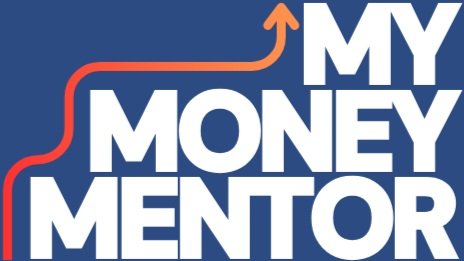Inflation: another cost of money
What is Inflation?
Inflation is the erosion of the real value (or purchasing power) of money over time. How and why?
Money is also not fixed in terms of how much there is. The amount of money increases all the time- governments and high street banks create more £s or $s etc every single day (what’s often called printing money).
At any point in time, the amount of goods and services in any country (the stuff) is pretty fixed (it grows slowly). For example there are only so many warehouses- it takes time to build more.
If you have $100 worth of stuff in an economy, and $100 of money circulating, $1 of money can buy you $1 worth of stuff.
If the amount of money increases to $150, then you’ve got $150 of money for every $100 of stuff, so each $1 of money can now only buy you $0.67 worth.
Your $1 still says $1 on it, but in real terms it is now worth less because it can buy you less goods and services with it.
That is inflation- the supply of money is increasing faster than the supply of things, and it means each $ you have buys you less goods and services. Every single $ is now worth less in real terms (also known as purchasing power).
This is why $1,000 a hundred years ago would have bought you a four bedroom house, whereas today it won’t even cover a week of the mortgage cost.
Inflation erodes the value of your money over time- so keeping cash has a cost to it.
At this point, you’re probably thinking that inflation sounds bad, and we should try and avoid it- money creation should stop so our $s stop being eroded in value. Makes sense. BUT we actually need a small amount of inflation to make the economy work properly.
Why do we need inflation?
We know inflation is a result of creating more money. So to have no inflation, we’d need to stop creating it, and keep the number of $s that exists fixed.
So imagine there is now a fixed supply of money, no more $s can be created. If any of us want to do anything: build a house, start a business, hire staff etc, we’ll be competing to borrow a set amount number of $s that exist with everyone else who wants to do things.
Now that we’re all competing for the same $s, whoever has the $s and is looking to lend them out finds they can charge higher and higher prices (interest rates) to us the borrowers.
As the cost of money rises (the interest rates) many projects will no longer make financial sense and won’t happen: if you can get a mortgage at 2%, you might go and buy a house. If you have to pay 15% interest on a mortgage, you might not be able to afford it. So fewer transactions take place.
While that already sounds bad, add in that every year there are more people (population growth) which increases the competition for the $s even further. Money will keep getting more expensive.
And that stifles growth even further. It is a vicious circle.
This is why the government targets 2% inflation (they want the value of money to fall by 2% every year) to stop everyone just hoarding it. There needs to be an incentive to lend that money and put it to work so society can move forwards.
This is the simple reason why a fixed money system like gold or bitcoin just cannot and does not work in reality.
We need the ability for money to be created out of thin air.
How is money created out of thin air?
The easiest example is if you went to a bank to get a $250,000 mortgage for a house. When the bank gives you that money, it wasn’t money they had sitting in an account somewhere ready to be lent out. The second before you created that mortgage, that $250,000 did not exist.
They just take a look at you and decided that you’re likely to pay them back, so they went ahead and created a few more 0’s in a spreadsheet to give you that £250,000.
The logical next question is ‘if banks can create money out of thin air and lend it out and earn interest, why don’t they do that all day long and make billions?’ Well, they did, and that’s a big reason why 2008 happened. The banks lent too much to risky borrowers, who couldn’t pay their mortgages, and the banks had to repossess thousands of houses and sell them.
Inflation has a goldilocks zone- not too hot and not too cold.
